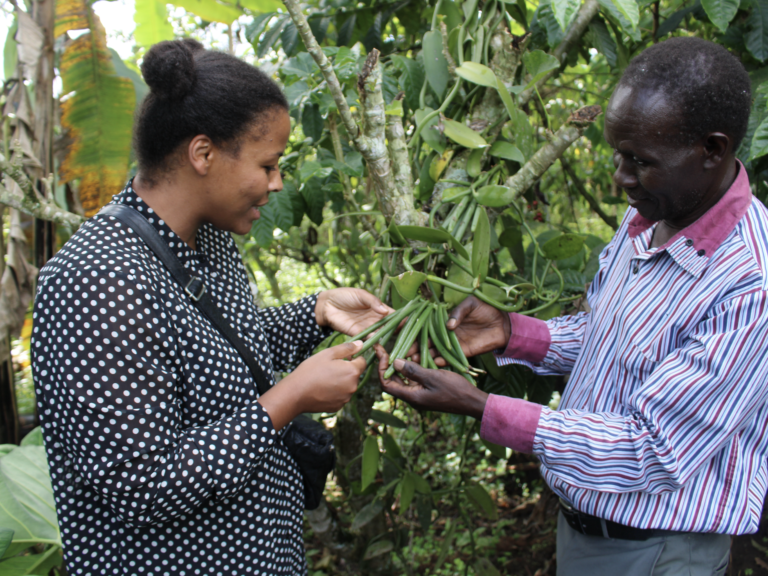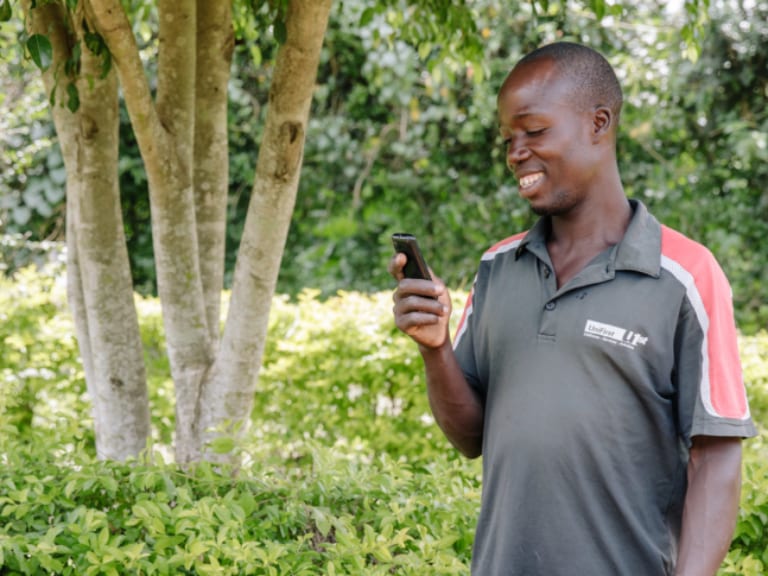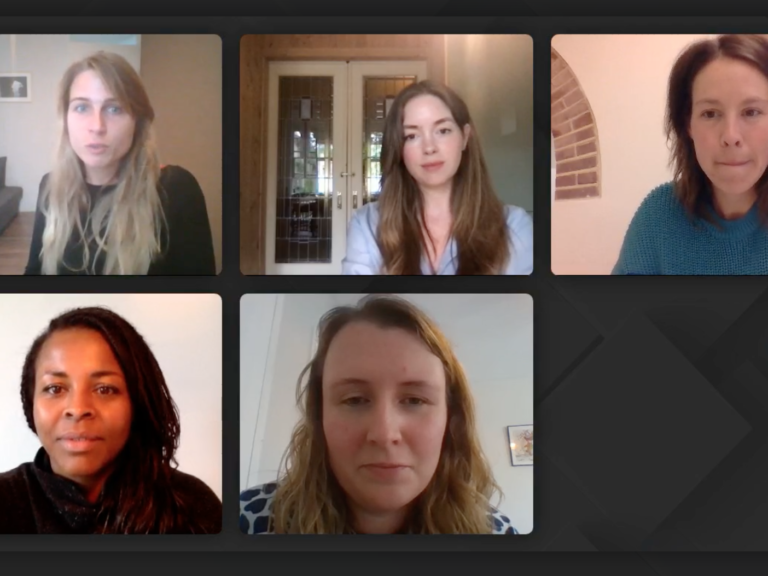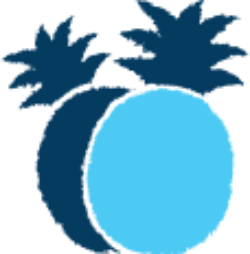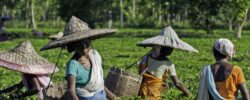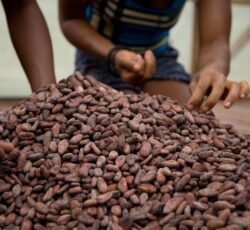 Making little profit in a thriving industry
Making little profit in a thriving industry
Vanilla is one of the most expensive spices on earth. Still, many of the people growing it make less than 1 euro a day and suffer extreme income insecurity.
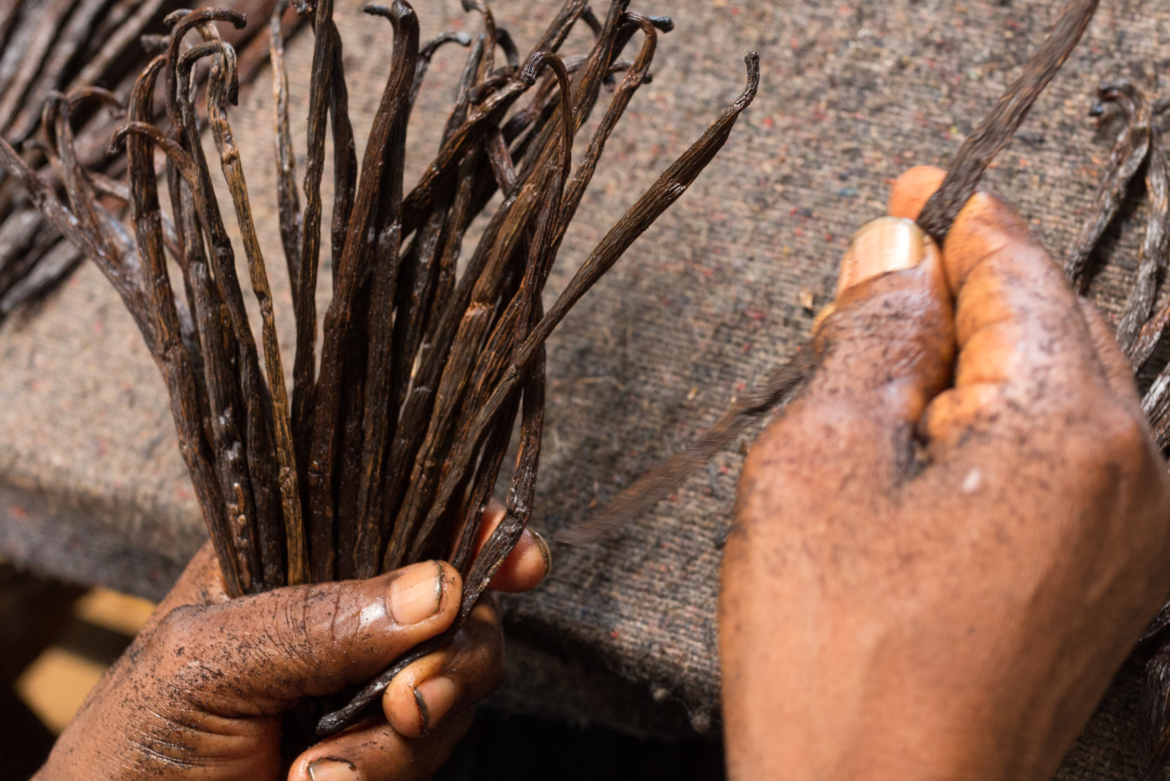
The problem
Although vanilla is one of the most expensive spices in the world, much of the industry profits are distributed unevenly. The players at the top of the chain (e.g. companies and flavour houses) influence the prices and demand, and can thus be seen as powerful stakeholders. Because of fluctuating prices of vanilla and the uneven value distribution, farmers cannot predict how much money they will earn from their vanilla sales each year, leaving them in a vulnerable position.
In Madagascar, where most of the vanilla consumed in the world is grown, about 75% of farmers – including 60.000 smallholder vanilla farmers – are not ensured a living income and live below the poverty line of $1.90 a day. This reality is common to different producing regions: even when sold at record prices, farmers do not receive enough or fairly. And as prices plummet, as was the case during the COVID-19 pandemic, they are pushed to higher levels of poverty.
What we did so far
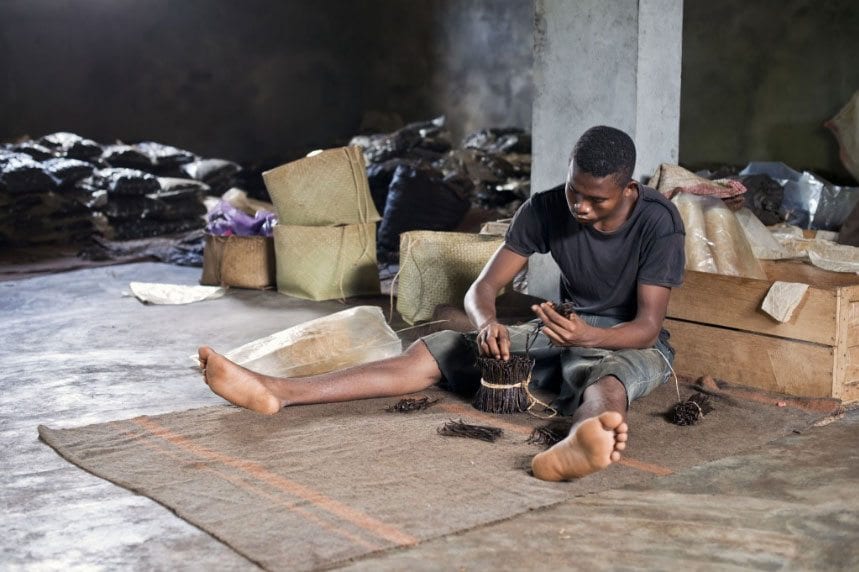
Engaging different actors
A fair pay enable farmers to break with the cycle of poverty and take better care of their families, invest in insurance to recover from unexpected externalities, invest in new crops, and have savings to fall back on. To set a fair price, Fairfood has engaged with leading multinational brands and flavour houses sourcing vanilla from Madagascar, the world’s leading producer, to raise their awareness of the issues farmers face as a way to ensure they commit to changes in policy and practice around the Vanilla fair trade. The result was the report “Bittersweet Vanilla”.
Download our reportTracing vanilla
Social Vanilla sells vanilla in all of its shapes, from bean to powder. Despite having a sustainable production strategy from the start and sourcing its products directly, this Danish start-up needed a tool to prove its claims. That’s when Trace got into the game. With the help of traceability and with fair payments in place, the aim is to contribute to vanilla price stabilisation and, ultimately, to the empowerment of farmers.
Get inspired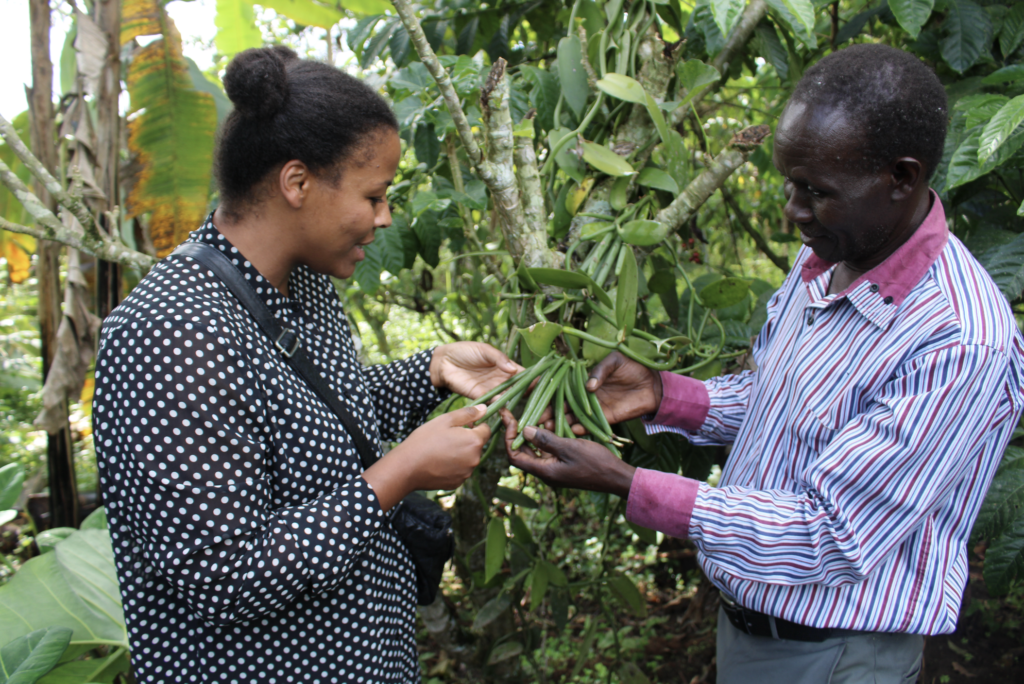
When we began to work on the marketing and sales of our product, we understood the importance of proving our claims of transparency. We knew we were sourcing as direct as possible, but we didn’t have a way of backing that claim up to our customers yet.
Read more on vanilla
Do you have a question? Maybe we answered it already!
What is a blockchain?
A blockchain is a distributed ledger that allows information to be captured and shared by a community. In this community, each member maintains their own copy of the information and all members must collectively validate each update. This provides a network with a single source of truth to work with. Very similar to a Google sheet, but better. Why? Because with blockchain, data can only be added according to a certain set of rules controlled by the network, and once added, the data can never be altered or deleted.
What is the added value of blockchain?
The ingredients of our food travel thousands of miles until they end up on our plate. The chains are long and complicated and therefore not always equally insightful. Blockchain technology can provide transparency and ensure that captured data can be more customized and remains in the hands of the user. This makes blockchain a fair platform where data can be exchanged, even within competitive value chains. It creates an open food supply chain, from farmer to consumer. Both farmers and consumers will have access to important information.
The farmer will have a view on further processing of his/her product, such as the quality label which is awarded at a later stage. In addition, the nutmeg farmer confirms, for example, that he has received a certain price for a certain quantity and type of quality. The consumer can see exactly where the product comes from, but also whether sustainability and quality promises are being fulfilled. The advantage is that sustainability and quality requirements on the blockchain can be guaranteed.
What is transparency? And what does Fairfood want to achieve with it?
With transparency, we deduce a food supply chain that ceases to be opaque; one in which everyone can see where their food is coming from, by who it was harvested, and whether that someone got a fair price for their produce. Then, we proceed to the following question: do those people earn enough money to make a living income or wage?
We want to use the transparency that blockchain enables to help consumers answer that question and pick their food consciously. Is your food brand claiming to be paying a fair price to their farmers? Why not check for yourself. This is what we want to achieve: a food system in which consumers can verify veracity for themselves so that it can benefit those who cannot.
What is a living income? And what about a living wage?
Simply put: earning a living income means that someone earns enough to lead a decent life. With more diction: a living income is the compensation that a self-employed individual receives for a standard working week that enables that farmer and all his/her family to afford a decent living. This means, among other things, that the household can afford basic necessities like: sufficient food and water, a roof over their heads, education, health care, transport and education. After basic necessities, the farmer should also have enough money to save, and build a pension.
It is important though, to make a distinction between “living wages” and “living income”: a living wage applies to people with wages, whereas a living income applies to self-employed workers, such as the farmers behind our coffee. Learn more on this page.
Can Trace be used for supply chains of blended products?
Yes, Trace is being used for blends. For example, coffee specialists, Trabocca uses Trace to track the supply of their blended variety in which the produce comes from different parts of the world such as Colombia, Ethiopia, and Kenya. Even in case of mass balancing, where part of the blend may come from unknown sources, Trace can be used to do proportional traceability which is much better than absolute ambiguity.


